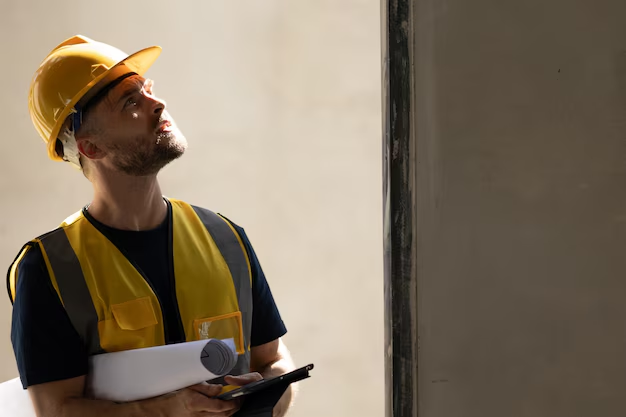Finding a code violation on a job site can be a contractor’s worst nightmare. It can lead to project delays, financial penalties, and a damaged reputation. However, handling these situations effectively is a hallmark of a professional contractor. This guide will walk you through the essential steps for addressing code violations properly and professionally.
Step 1: Stay Calm and Assess the Situation
The first rule of handling a code violation is not to panic. A clear head allows you to assess the situation accurately.
- Understand the Violation: Don’t just accept the notice at face value. Carefully read the violation notice to understand exactly what the issue is. Is it a minor issue like an improperly installed outlet, or a major structural problem?
- Identify the Cause: Determine why the violation occurred. Was it a mistake in the blueprint, a miscommunication with a subcontractor, or an oversight during construction? Knowing the root cause is crucial for preventing future violations.
- Document Everything: Take photos and videos of the violation. Keep a detailed log of all communications with inspectors, clients, and subcontractors. This documentation is your best defense and a critical tool for future reference.
Step 2: Communicate with All Parties
Transparency is key. Keeping everyone in the loop builds trust and helps manage expectations.
- Notify the Client Immediately: The client should be the first to know. Explain the situation clearly, what steps you’re taking to fix it, and how it might impact the project timeline and budget. Honesty prevents miscommunication and maintains a strong contractor-client relationship.
- Contact the Subcontractor: If the violation was caused by a subcontractor, communicate with them professionally. Provide them with the violation notice and discuss the necessary corrective actions. Establish a clear plan and timeline for the repairs.
- Talk to the Inspector: Open a line of communication with the inspector who issued the violation. Ask questions to ensure you understand their concerns completely. This proactive approach shows you are serious about compliance and can even lead to a collaborative solution.
Step 3: Develop and Implement a Correction Plan
Once you’ve assessed the situation and communicated with all parties, it’s time to fix the problem.
- Create a Detailed Plan: Outline the steps needed to correct the violation. This includes getting the right materials, scheduling the work, and arranging for a follow-up inspection.
- Prioritize the Fix: Make the code violation a top priority. Delaying the fix can lead to further complications and more significant penalties.
- Ensure Quality Work: The repair work must be done correctly and to code. Don’t take shortcuts. It’s better to do it right the first time than to fail a second inspection.
Step 4: Arrange for Re-inspection
After the corrective work is complete, you must arrange for the inspector to verify the repairs.
- Schedule Promptly: Once the work is done, don’t delay in scheduling the re-inspection. A quick turnaround shows diligence and gets the project back on track faster.
- Be Prepared: Ensure all necessary documentation is available for the inspector. Be ready to answer any questions they may have about the repair process.
Step 5: Post-Violation Review
Once the violation is cleared, take the time to review your processes to prevent future issues.
- Team Meeting: Hold a meeting with your team and subcontractors to discuss what went wrong. Use this as a learning opportunity to improve your processes.
- Update Procedures: If a systemic issue led to the violation, update your standard operating procedures. This might include new quality control checks, better communication protocols, or additional training for your team.
Conclusion
Code violations are an unfortunate but sometimes unavoidable part of the construction business. A contractor’s ability to handle them professionally, transparently, and efficiently is what sets them apart.
At ViolationClinic.com, we specialize in helping property owners navigate the recertification process smoothly. Whether you need assistance with inspections, violations, or compliance issues, our team is here to help. Don’t wait until it’s too late, take action today to protect your investment and ensure the safety of your building.
For more information or assistance, contact us at ViolationClinic.com!
